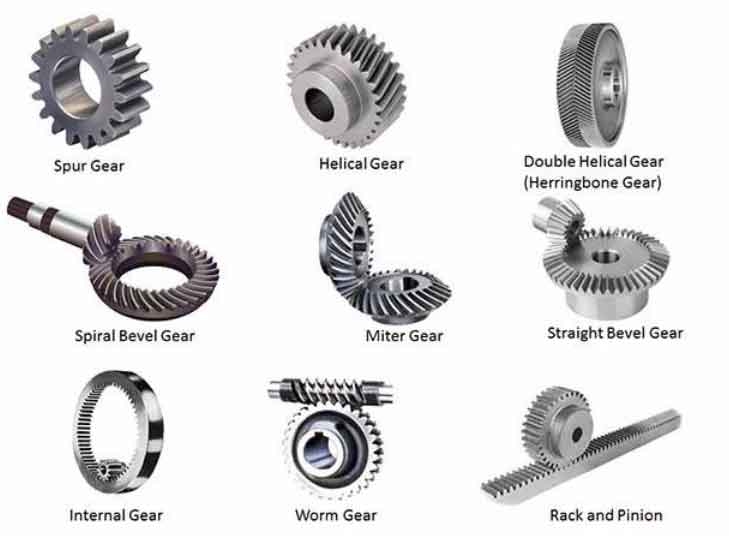Gear processing technology can be roughly divided into four stages: gear blank processing, gear profile processing, heat treatment and finish machining after heat treatment due to different gear structure shape, accuracy grade and production conditions. Gear blank machining must ensure the accuracy of machining datum. Tooth profile machining and finish machining after heat treatment are the key to manufacturing, and heat treatment directly determines the internal quality of gear teeth. In the traditional gear processing technology, the gear blank is generally obtained by hot forging, and the tooth profile processing and finish machining after heat treatment are processed by gear hobbing, gear shaping, gear shaving and gear grinding. For gears with large demand and high precision such as automobiles, tractors and machine tools, gear hobbing or gear shaping shall be adopted before shaving or gear clarification. For gears with soft tooth surface and medium hard tooth surface, the general process method is gear hobbing or gear shaping after quenching and tempering. For large module gears, the process of coarse hobbing, quenching and tempering and fine hobbing is adopted. The process of induction hardened gear is gear hobbing or gear shaping, gear shaving, induction quenching, and then gear shaving or gear clarification. For hard surface gears, gear hobbing or gear shaping is generally carried out first, and sometimes gear shaving is carried out. The datum plane is finished after heat treatment. When the tooth deformation is large, gear grinding is also carried out.
It can be seen from the above that there are many processing methods for gears, but the main methods are gear hobbing, gear shaping, gear shaving and gear grinding. Other processing methods include milling, planer, comb, clear and grinding. No matter which method, its basic principle is to use cutting means to remove excess metal, so as to obtain gear teeth that meet the accuracy requirements.
At present, domestic gear processing is still dominated by traditional machining technologies such as gear hobbing, gear shaping, gear shaving and gear grinding. Using these conventional cutting processes, the utilization rate of materials is low, the energy consumption is high, and the productivity is low. In particular, the metal streamline of materials is cut off in the machining process, resulting in the decline of gear tooth strength and fatigue life.

